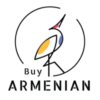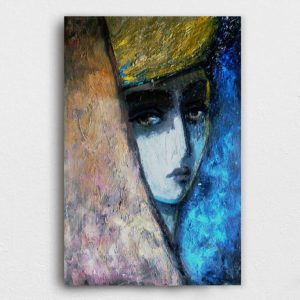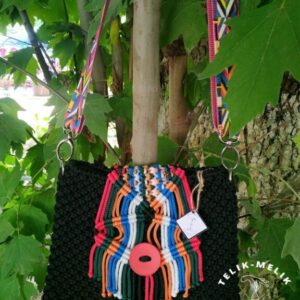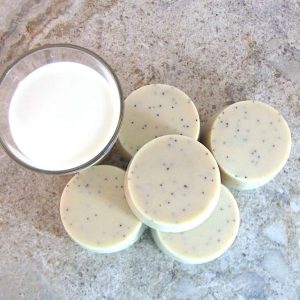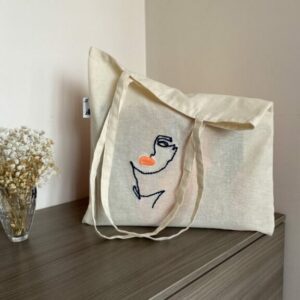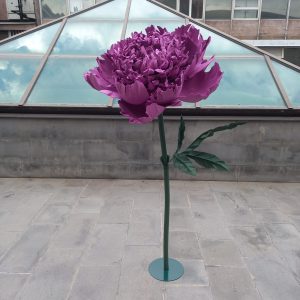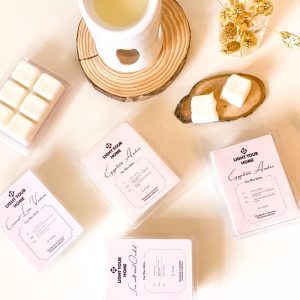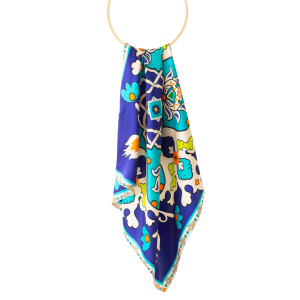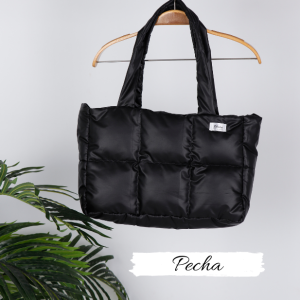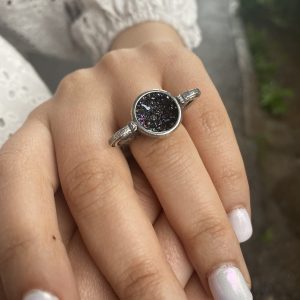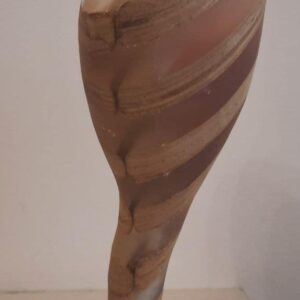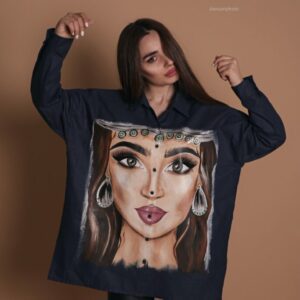-
History of Armenian Cartography
ISBN: 978-1-908755-29-2
Author: Rouben Galichian
Pages: 168
Cover: soft
Size: 21×24 cm
Language: English
Published: 2017
Co-edition: Zangak Publishing House and Bennett & Bloom$23.00 -
-
Gentle Scrub Soap
Goat Milk and Cream Gentle Soap Scrub is a mild soap formulated with light oils fit for use on your face if you wish so. It is extremely creamy with mild cleansing power but strong exfoliation of poppy seeds. Made with heavy cream and fresh goat milk from local goat farm. Goat milk, heavy cream and high percentage of olive oil provide soothing and anti-inflammatory qualities to the soap to serve the needs of dry, sensitive and irritated skin. The soap is scented with Persephone’s Kiss Fragrance which is a complex scent of mandarin orange, melon, blackberry, and violet leaf, followed by notes of lavender, jasmine, lily-of-the-valley, and nectarine.
$6.99Gentle Scrub Soap
$6.99 -
-
Large Peony Flower/LED Lights
Freestanding giant peony for party, wedding, showroom, shopwindow decoration
Handmade exclusive decorFlower diameter is 60cm
All parts are adjustable for easy transportation. Everything is fixed in the boxes properly and delivered safely.
$180.00Large Peony Flower/LED Lights
$180.00 -
Aroma powder
Aroma powders are designed to spread scent.
The price is only for one aroma powder.
$6.70Aroma powder
$6.70 -
“Armenian Ceramics” Scarf
Jerusalem’s ancient Armenian community experienced a major increase in numbers as survivors of the Armenian genocide perpetrated by the government of the Ottoman Empire beginning in 1915 found refuge in Jerusalem’s Armenian Quarter. The industry is believed to have been started by refugees from Kütahya, a city in western Anatolia noted for its Iznik pottery. The tiles decorate many of the city’s most notable buildings, including the Rockefeller Museum, American Colony Hotel, and the House of the President of Israel.
David Ohannessian (1884–1953), who had established a pottery in Kütahya in 1907, is credited with establishing the Armenian ceramic craft industry in Jerusalem. In 1911 Ohannessian was commissioned with installing Kütahya tile in the Yorkshire home of Mark Sykes. In 1919 Ohannessian and his family fled the Armenian genocide, finding temporary refuge in Aleppo; they moved to Jerusalem when Sykes suggested that they might be able to replicate the broken and missing tiles on the Dome of the Rock, a building then in a decayed and neglected condition. Although the commission for the Dome of the Rock did not come through, the Ohannession pottery in Jerusalem succeeded, as did the Karakashian the painters and Balian the potters that Ohannessian brought with him from Kuttahya to help him with the project in 1919. After about 60 years new Armenian artists started to have their own studios.
In 2019 the Israel Museum mounted a special exhibition of Jerusalem pottery in its Rockefeller Museum branch location.$110.00“Armenian Ceramics” Scarf
$110.00 -
Black Waterproof Bag
Black waterproof handmade bag. Size -38*25*10cm
Սեւ ձեռագործ անջրանցիկ պայուսակ։ Չափսը՝ 38*25*10cm
$45.00$50.00Black Waterproof Bag
$45.00$50.00 -
“Horses” Sterling Silver Druzy Rainbow Carborundum Ring
Ring made of Sterling Silver 925 decorated with Druzy Rainbow Carborundum, two Horses on both sides of the ring.
Processing time 5 days
weight of the ring – 11 gram$75.00 -
-
“Armenian Girl” Shirt
Hand-painted shirt. High-quality materials are used, due to which the image is not damaged when washed. Wash in a relatively gentle mode with water up to 30 degrees celsius.
Created by artist Elin Poghosyan.$75.00“Armenian Girl” Shirt
$75.00
